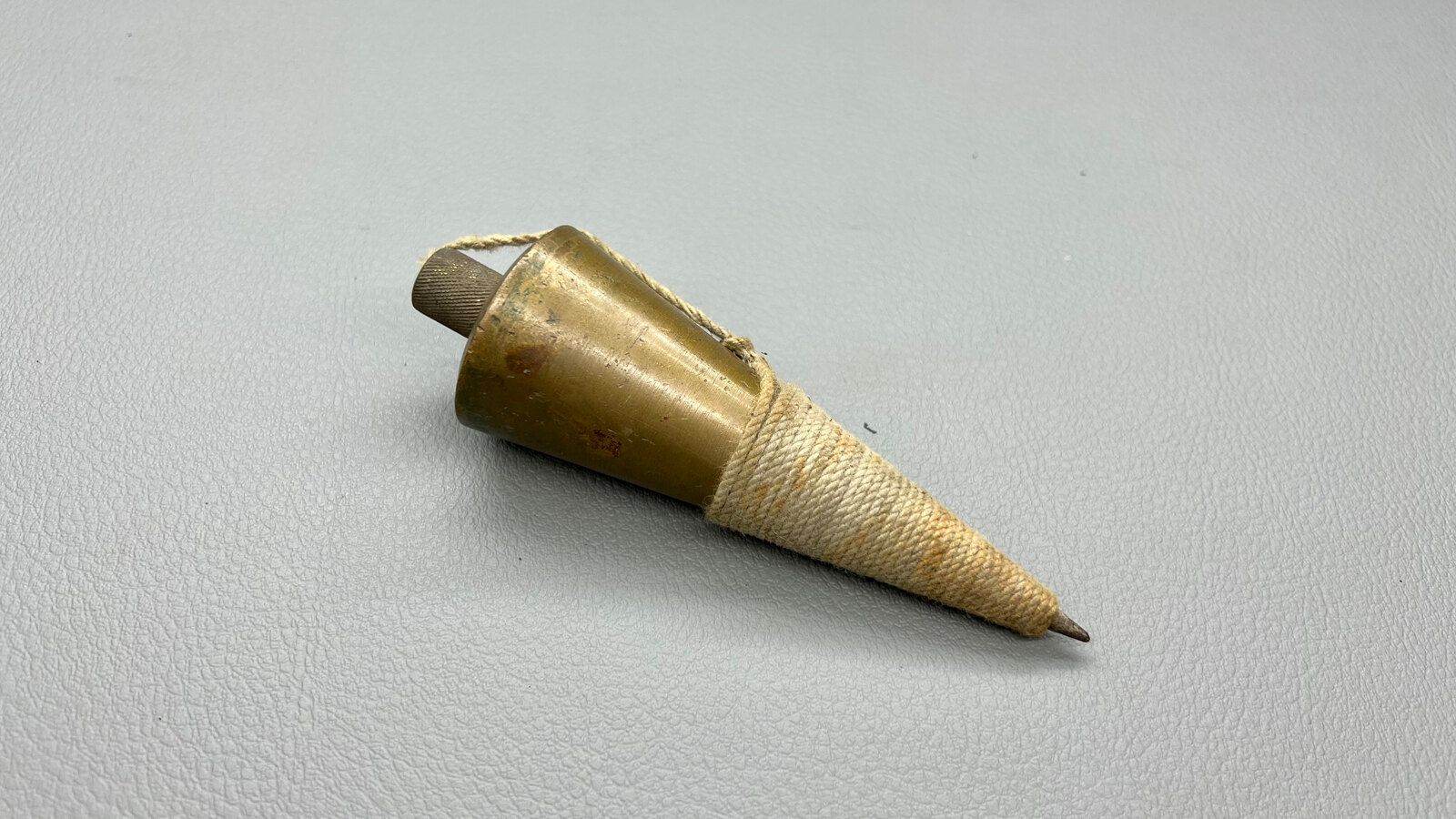

Articles
What Is A Plumb Bob
Modified: February 21, 2024
Discover everything you need to know about plumb bobs in this informative article. Find helpful tips and insights on how to use them effectively in your projects.
(Many of the links in this article redirect to a specific reviewed product. Your purchase of these products through affiliate links helps to generate commission for Storables.com, at no extra cost. Learn more)
Introduction
A plumb bob is a simple but essential tool that has been used for centuries in various trades and professions. Its primary function is to establish a vertical reference line, also known as a plumb line, to ensure accuracy and precision in building and construction projects.
This article will delve into the world of plumb bobs, exploring their definition, history, functionality, types, common uses, and the advantages and disadvantages they offer. Whether you are a professional in the construction industry or simply curious about the tools used in building processes, this article will provide you with a comprehensive overview of the plumb bob.
Key Takeaways:
- The plumb bob, a timeless tool, ensures precise vertical alignments in construction, carpentry, and surveying. Its simplicity, reliability, and cost-effectiveness make it indispensable for professionals in various industries.
- While plumb bobs offer high precision and versatility, they can be affected by weather conditions and have limited range. Understanding their advantages and limitations is crucial for informed decision-making in construction and surveying tasks.
Read more: What Is A Plumb Bob In Construction
Definition of a Plumb Bob
A plumb bob is a weighted object that is suspended from a string, wire, or line. It is typically made of metal, such as brass or steel, and has a pointed tip at the bottom. The weight of the plumb bob ensures that it hangs vertically, aligning with the force of gravity. This vertical alignment creates a true vertical reference line, enabling precise measurements and alignments in various construction and surveying applications.
The plumb bob serves as a visual indicator of the direction of gravity, allowing construction workers, craftsmen, and surveyors to establish accurate vertical lines. The use of a plumb bob eliminates any errors that may arise from relying solely on visual estimation or measuring devices.
The length of the string or line used in conjunction with the plumb bob can vary depending on the specific application. Longer strings are commonly used for outdoor projects, while shorter strings are more convenient for indoor and smaller-scale jobs.
Overall, a plumb bob is an indispensable tool for maintaining verticality and ensuring precise alignment in construction, carpentry, masonry, plumbing, and other related fields.
History of Plumb Bobs
The use of plumb bobs can be traced back thousands of years to ancient civilizations. The concept of utilizing a weighted object to establish verticality can be found in ancient Egyptian and Mesopotamian cultures. The Egyptians used copper plumb bobs as early as 4000 B.C.E., while the Mesopotamians used similar devices around 3000 B.C.E.
In ancient Greece and Rome, plumb bobs continued to be employed in various construction projects. These early plumb bobs were typically made from stone or lead and were rudimentary in shape. As civilizations advanced, so did the materials used in plumb bob construction.
During the medieval period, European builders began to craft plumb bobs made from brass. This allowed for greater precision and durability. The brass plumb bobs featured a conical shape with a pointed tip, similar to the plumb bobs used today. These brass plumb bobs were affixed to a string made from natural fibers, such as hemp or linen. The string was then marked to indicate the desired vertical alignment.
In the 19th century, advancements in metalworking and manufacturing techniques led to the mass production of plumb bobs. This made them more accessible to a wider range of professionals, including architects, engineers, and builders. The introduction of adjustable plumb bobs, which had a movable point, added an extra level of versatility.
With modern technological advancements, plumb bobs have evolved further. Today, plumb bobs are made from various materials, including brass, steel, and even synthetic compounds. Laser technology and electronic leveling tools have also emerged as viable alternatives to traditional plumb bobs in certain situations.
Despite these technological advancements, the basic concept and functionality of the plumb bob remain unchanged throughout its long and storied history. It continues to be a reliable tool used by professionals in the construction industry to ensure accurate vertical alignments and precise measurements.
How Does a Plumb Bob Work?
A plumb bob works based on the principle of gravity. When a plumb bob is suspended from a string or line, it seeks to align itself vertically with the force of gravity. This alignment helps establish a true vertical reference line, which can then be used for various construction and surveying tasks.
To use a plumb bob, one end of the string is attached to a fixed point or held by the user, while the other end is connected to the plumb bob itself. The plumb bob is then allowed to hang freely. As it hangs, the weight of the plumb bob pulls it downward, aligning it in a straight line with the direction of gravity.
The pointed tip of the plumb bob ensures that it settles precisely at the bottom, allowing for accurate vertical alignment. The string or line connected to the plumb bob acts as a guide, indicating the vertical reference line or marking. By measuring the distance between the marking and the desired point, builders and surveyors can determine if a surface is level or if an object is vertically aligned.
It is important to note that when using a plumb bob, it is crucial to ensure that there are no external factors, such as wind or air currents, affecting its movement. Any external forces can cause the plumb bob to sway or deviate from its vertical position, leading to inaccurate readings. To mitigate these factors, plumb bobs are often used in enclosed or sheltered areas or with the help of additional tools, such as plumb bob holders or plumb lines.
Furthermore, the accuracy of a plumb bob can be affected by the quality of its construction and the weight distribution within the bob. A well-made plumb bob will have a center of mass that aligns perfectly with the string, ensuring its stability and accuracy in establishing vertical lines.
In summary, a plumb bob works by utilizing the force of gravity to hang vertically and indicate a true vertical reference line. Its simplicity and reliability make it an indispensable tool in various trades and professions, ensuring precise measurements and alignments in construction, carpentry, masonry, and surveying.
When using a plumb bob, make sure it hangs freely and doesn’t touch anything, as this can affect its accuracy. Also, ensure it is not affected by wind or air currents.
Types of Plumb Bobs
Plumb bobs come in various shapes, sizes, and materials, each tailored to suit specific applications and user preferences. Here are some of the common types of plumb bobs:
- Traditional Plumb Bobs: These are the classic plumb bobs that have been used for centuries. They are typically made of brass or steel and have a conical shape with a pointed tip. Traditional plumb bobs come in different sizes and weights to accommodate different needs and situations.
- Laser Plumb Bobs: Laser technology has revolutionized the construction industry, and plumb bobs are no exception. Laser plumb bobs use a laser beam to create a precise vertical reference line. They are often used in situations where traditional plumb bobs might be difficult to use, such as in outdoor settings or over long distances.
- Adjustable Plumb Bobs: These plumb bobs have a movable point, allowing users to adjust the length of the string or line. This flexibility is particularly useful when working in tight spaces or when a specific length is required.
- Bobbers or In-Line Plumb Bobs: These plumb bobs have a cylindrical shape instead of the traditional conical shape. They are often used in carpentry and woodworking to establish vertical lines on flat surfaces, such as walls or panels.
- Synthetic Plumb Bobs: Synthetic plumb bobs are made from durable and lightweight materials, such as nylon or plastic. They are suitable for everyday use and offer a more affordable alternative to traditional metal plumb bobs.
- Specialized Plumb Bobs: Depending on the specific trade or task, there are plumb bobs designed for specific purposes. For example, masons may use plumb bobs with built-in levels for accurate vertical alignment in bricklaying.
When selecting a plumb bob, it is essential to consider the specific requirements of the project, the working environment, and personal preferences. The weight, material, shape, and adjustability of the plumb bob should be taken into account to ensure optimal functionality and accuracy.
Regardless of the type chosen, plumb bobs remain a reliable and indispensable tool for professionals in construction, surveying, carpentry, and other related fields. They provide a simple yet effective method for establishing vertical alignment and ensuring precise measurements.
Read more: What Is A Plumb Bob Tool Used For?
Common Uses of Plumb Bobs
Plumb bobs have a wide range of applications in various trades and professions. Some of the common uses of plumb bobs include:
- Construction: Plumb bobs are extensively used in construction to ensure vertical alignment. Builders use them to establish vertical lines for walls, columns, and other structural elements. This ensures that the structures are level and properly aligned.
- Carpentry and Woodworking: Plumb bobs are crucial in carpentry and woodworking projects. They help carpenters ensure that doors, cabinets, and other wooden fixtures are properly aligned and level. They can also be used to create straight vertical lines for accurate cutting and shaping of wood.
- Masonry: In masonry work, plumb bobs are used to ensure that bricks or stones are laid vertically. This is essential for proper stability and uniformity in the construction of walls, chimneys, and other masonry structures.
- Surveying and Landscaping: Surveyors use plumb bobs to establish vertical reference lines when mapping out land or setting property boundaries. Plumb bobs also aid in determining the verticality of slopes and contours during landscaping projects.
- Plumbing and Pipe Installation: Plumb bobs assist plumbers in ensuring the proper alignment of pipes and plumbing fixtures. By using plumb bobs, plumbers can maintain the correct vertical alignment for effective water flow and avoid any potential issues caused by misaligned or improperly installed pipes.
- Alignment of Electrical Fixtures: Electricians use plumb bobs to ensure the accurate alignment of electrical fixtures, such as light fixtures and switches. This helps create a visually appealing and well-balanced arrangement of electrical components.
- Art and Design: Plumb bobs have even found a place in the world of art and design. Artists and designers may use plumb bobs to create precise vertical lines or to establish symmetry and balance in their works.
These are just a few examples of how plumb bobs are commonly used in various industries. The versatility and reliability of plumb bobs make them an invaluable tool for professionals who require accurate vertical alignment and precise measurements in their work.
Advantages and Disadvantages of Plumb Bobs
Plumb bobs offer several advantages in construction and surveying tasks, but they also have certain limitations. Understanding the advantages and disadvantages of plumb bobs can help professionals make informed decisions about their use. Let’s explore them below:
- Advantages:
- Precision: Plumb bobs provide a high level of accuracy when establishing vertical lines. Their reliance on gravity ensures a true vertical reference that is not influenced by external factors.
- Simple and Reliable: Plumb bobs are simple tools that have been used for centuries. They do not require batteries or complex mechanisms, making them reliable and low-maintenance.
- Versatility: Plumb bobs can be used in various trades and professions, from construction to woodworking to surveying. Their versatility makes them a valuable tool for professionals in different industries.
- Cost-Effective: Plumb bobs are relatively inexpensive compared to more advanced leveling tools. They offer a cost-effective solution for achieving accurate vertical alignment.
- Physical Feedback: Plumb bobs provide a physical indicator of vertical alignment. This feedback allows users to quickly assess and adjust the alignment as needed.
- Disadvantages:
- Weather Conditions: Plumb bobs can be affected by external factors, such as wind or air currents, which can cause them to sway and give inaccurate readings. In outdoor settings, it may be necessary to use additional equipment, such as plumb bob holders or shelters, to mitigate these effects.
- Limited Range: Plumb bobs have a limited range of use, especially for long-distance measurements. They are most effective for vertical alignments within a short to medium range, typically a few meters or yards.
- Manual Operation: Plumb bobs require manual operation, which can be time-consuming and physically demanding. Installing a plumb bob accurately may require patience and steady hands.
- Sensitivity: Plumb bobs can be sensitive to small movements or vibrations. Any external disturbance to the string or line can affect the accuracy of the vertical reference line.
- Not Ideal for Obstructed Spaces: In tight or obstructed spaces, such as narrow corners or confined areas, using a plumb bob may be challenging. The space limitations could hinder the free movement of the plumb bob and make it difficult to achieve accurate vertical alignment.
Despite these limitations, plumb bobs remain a popular and practical tool in the construction and surveying industries. Their simplicity, reliability, and cost-effectiveness make them a trusted choice for professionals who require accurate vertical alignments and precise measurements in their work.
Conclusion
The plumb bob is a timeless tool that has been used for centuries to establish precise vertical alignments in various trades and professions. Its simple yet effective design, relying on the force of gravity, allows for accurate measurements and alignments with minimal complexity.
Throughout history, plumb bobs have evolved from basic stone or lead weights to sophisticated brass and steel designs, and even modern laser technology. They have proven their value in construction, carpentry, masonry, plumbing, surveying, and other related fields.
Plumb bobs offer several advantages, including their high level of precision, reliability, versatility, and cost-effectiveness. They provide a physical indicator of vertical alignment, allowing professionals to achieve accurate measurements and alignments without relying solely on visual estimation or advanced electronic tools.
However, plumb bobs do have some limitations. They can be affected by weather conditions, have a limited range for long-distance measurements, and require manual operation. It is important to consider these factors when deciding whether to use a plumb bob or opt for alternative leveling tools.
In conclusion, the plumb bob remains a valuable and necessary tool in the toolkit of professionals in various industries. Its simplicity, reliability, and effectiveness in establishing vertical alignments make it an indispensable companion in construction and surveying projects. Whether you are a seasoned professional or an aspiring DIY enthusiast, a plumb bob is a tool worth incorporating into your toolbox.
Frequently Asked Questions about What Is A Plumb Bob
Was this page helpful?
At Storables.com, we guarantee accurate and reliable information. Our content, validated by Expert Board Contributors, is crafted following stringent Editorial Policies. We're committed to providing you with well-researched, expert-backed insights for all your informational needs.
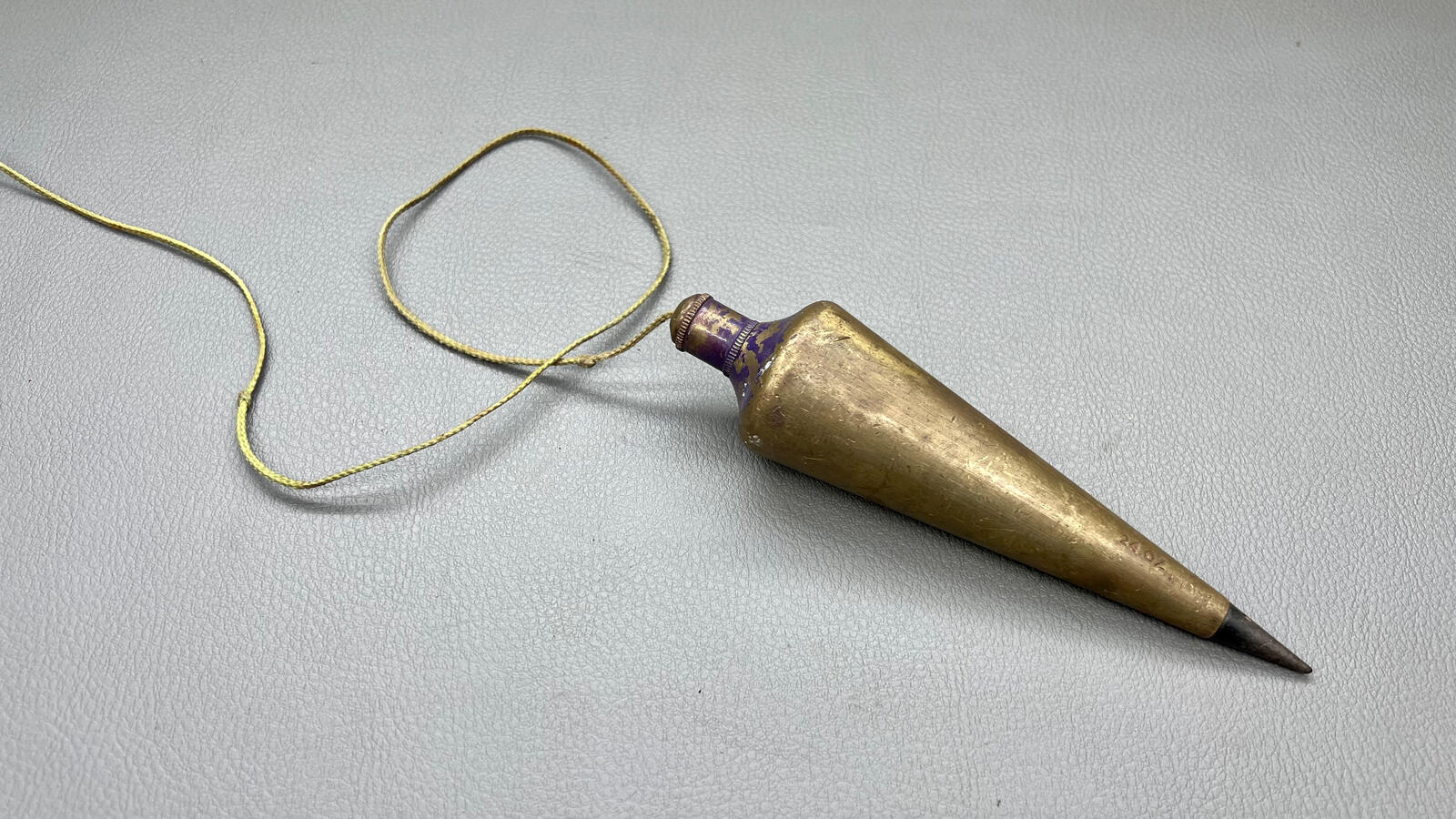
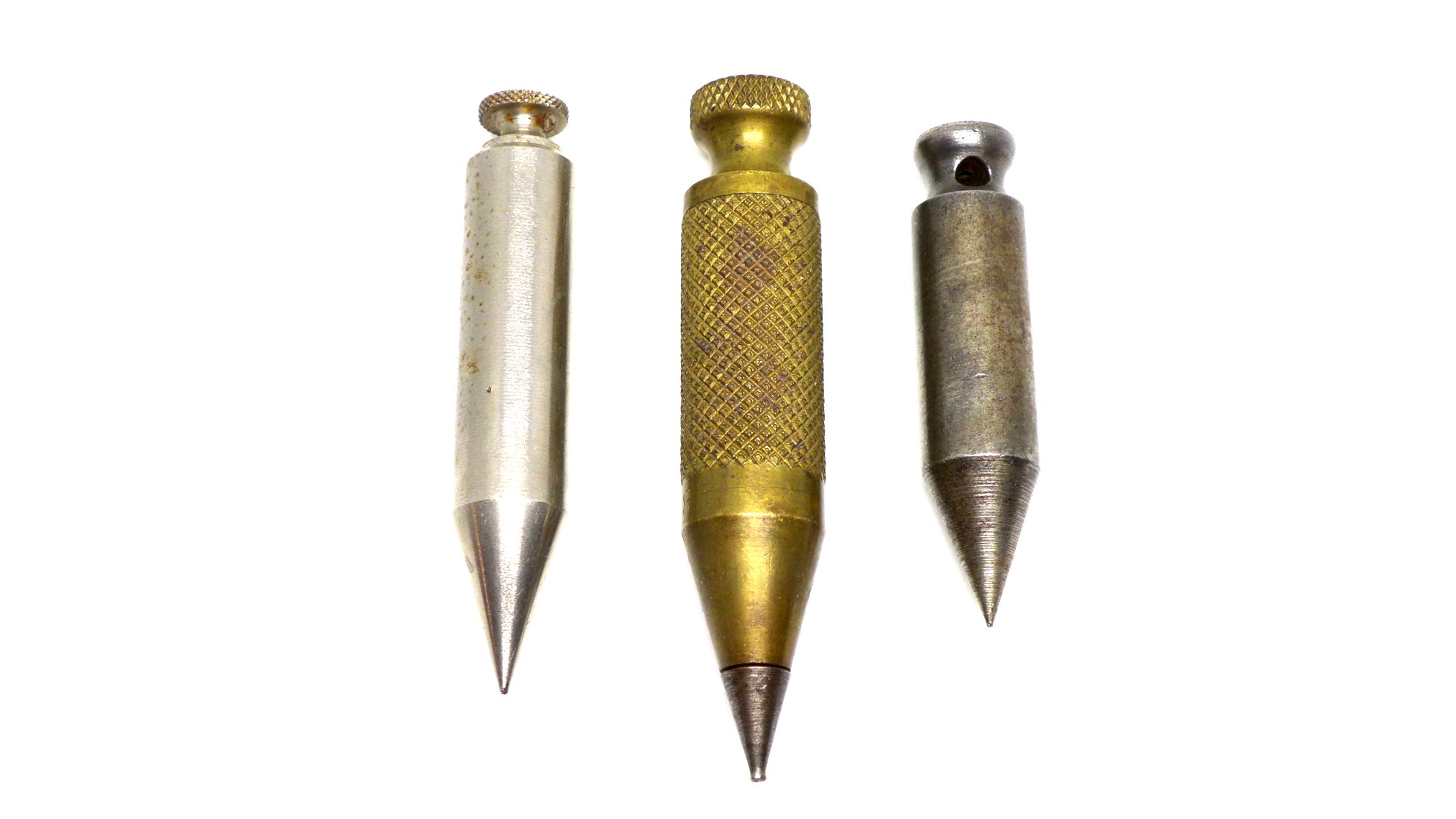
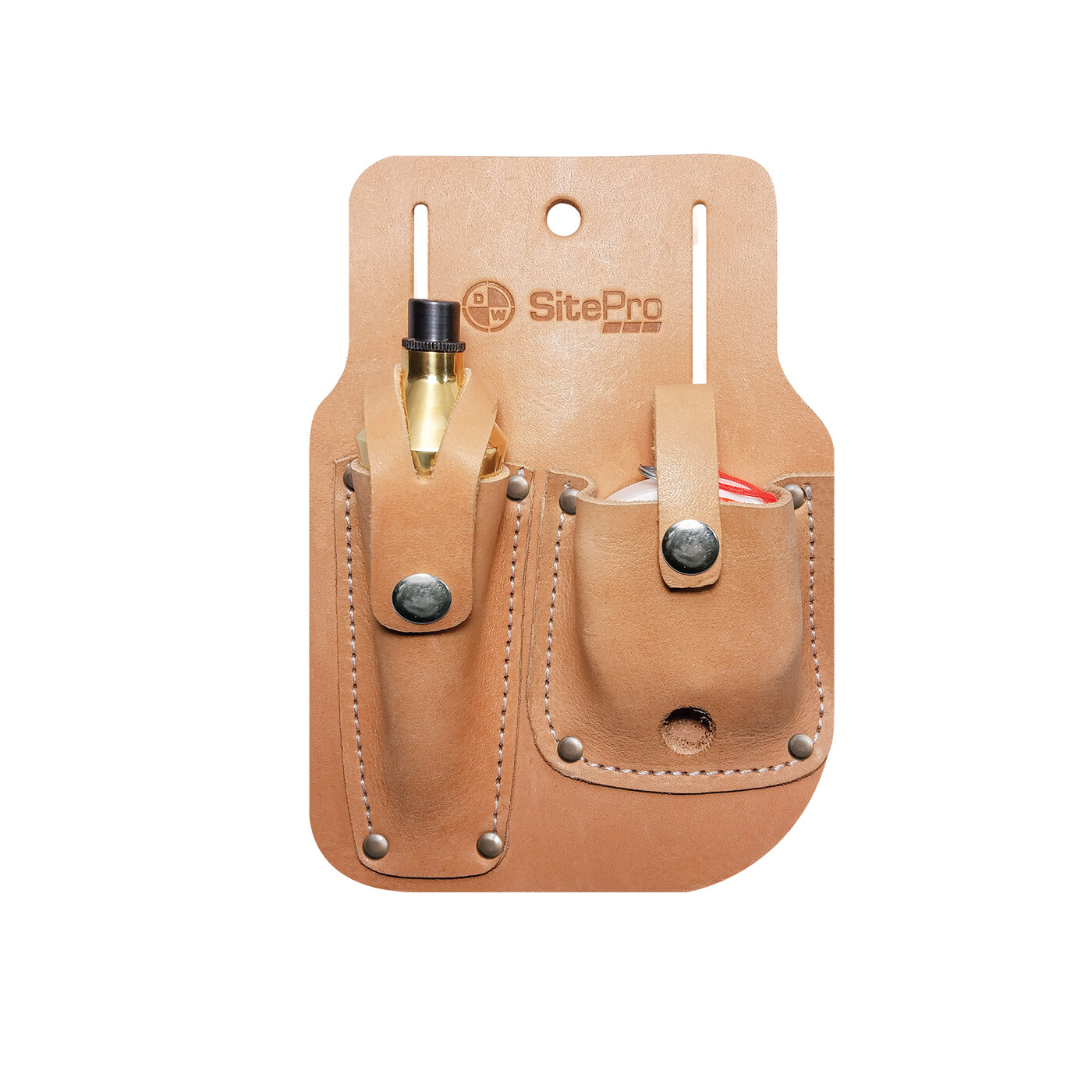

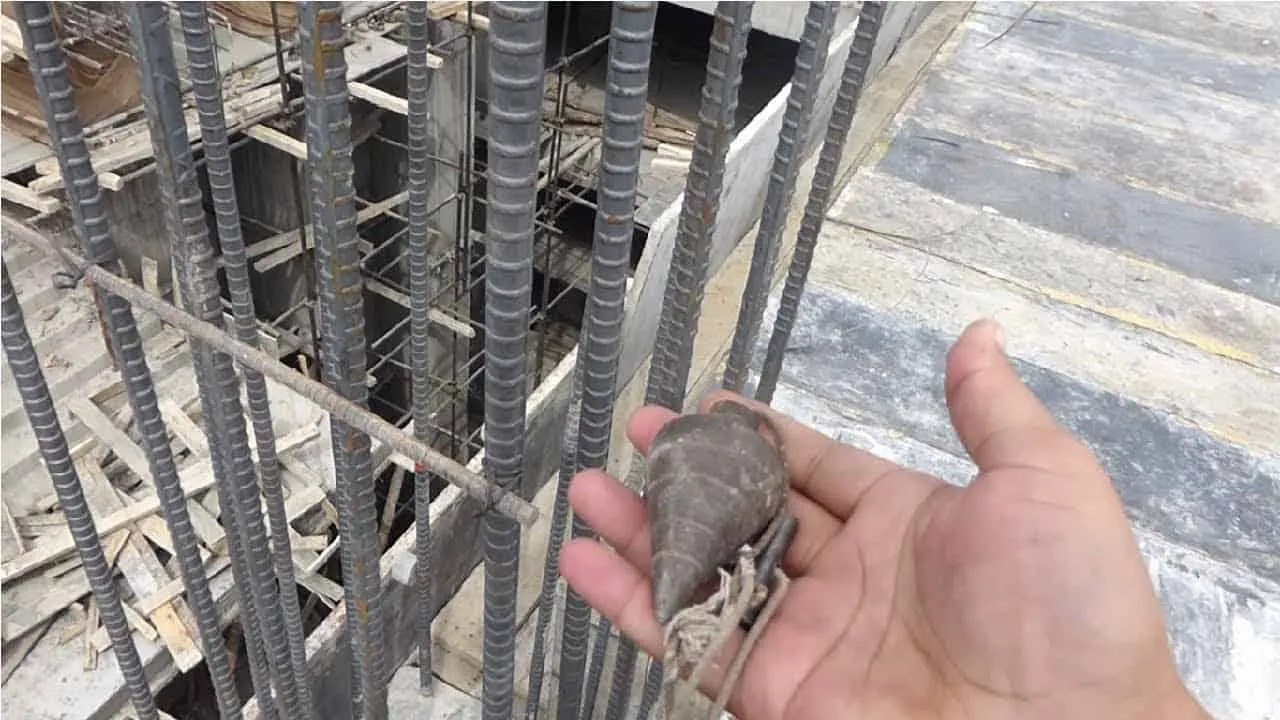
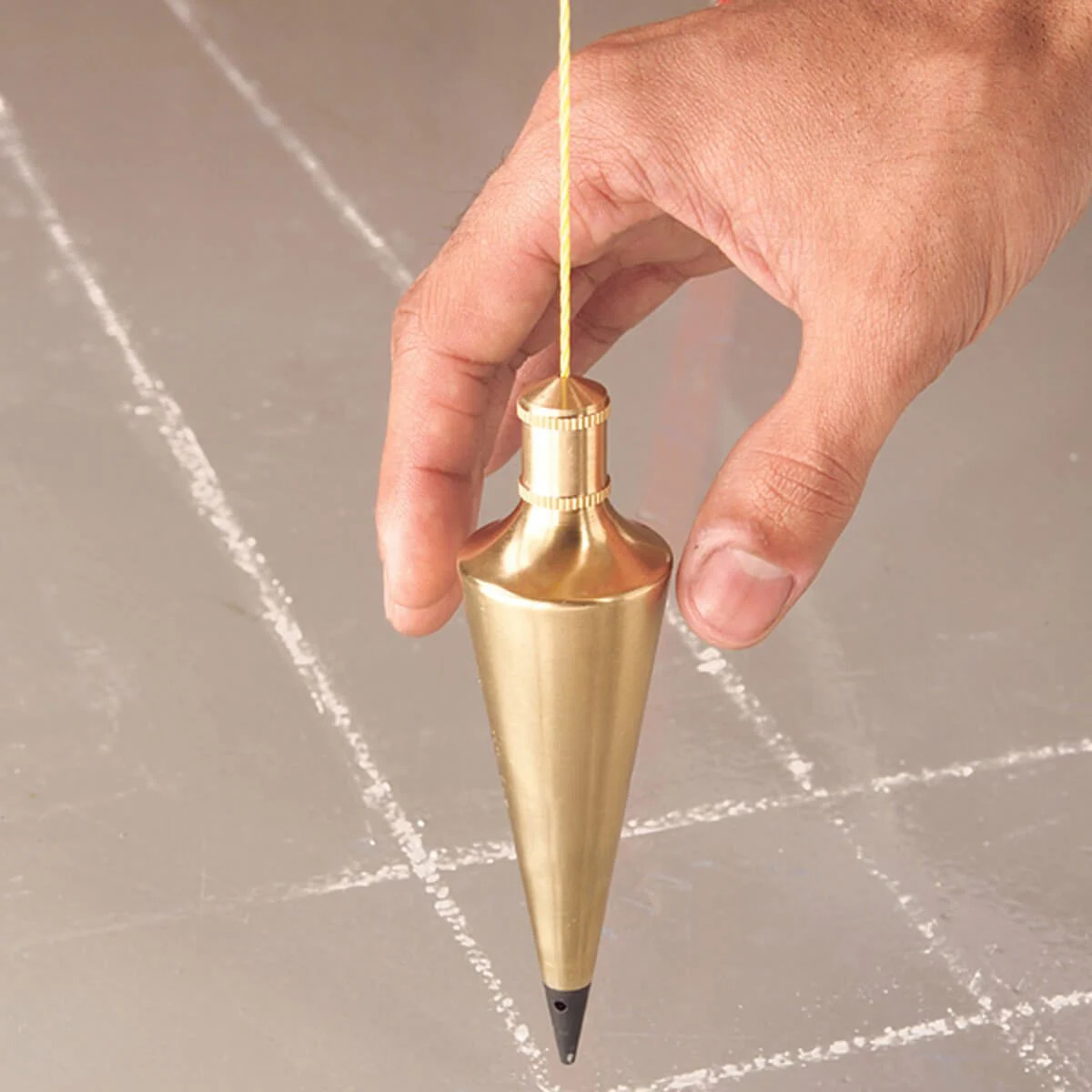

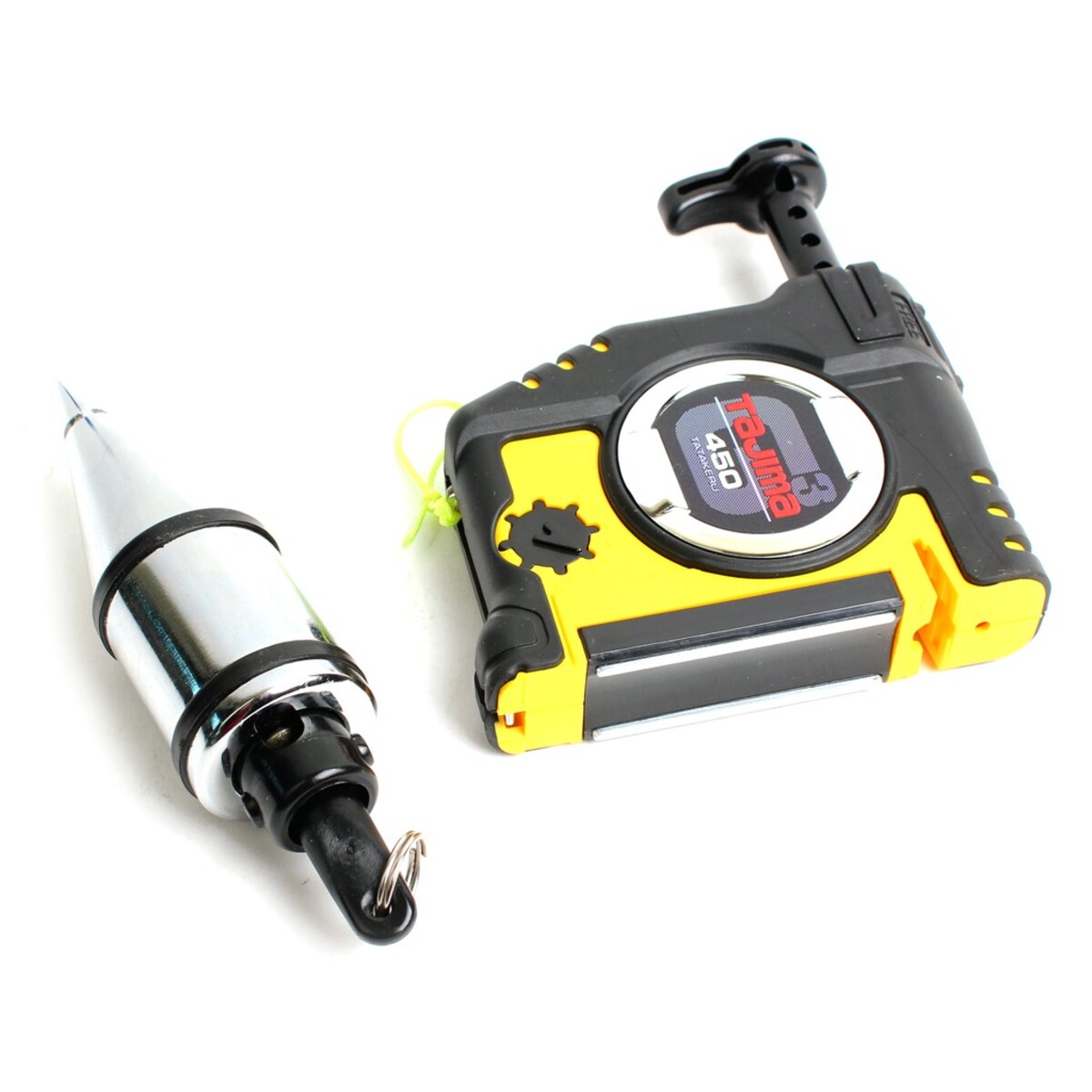
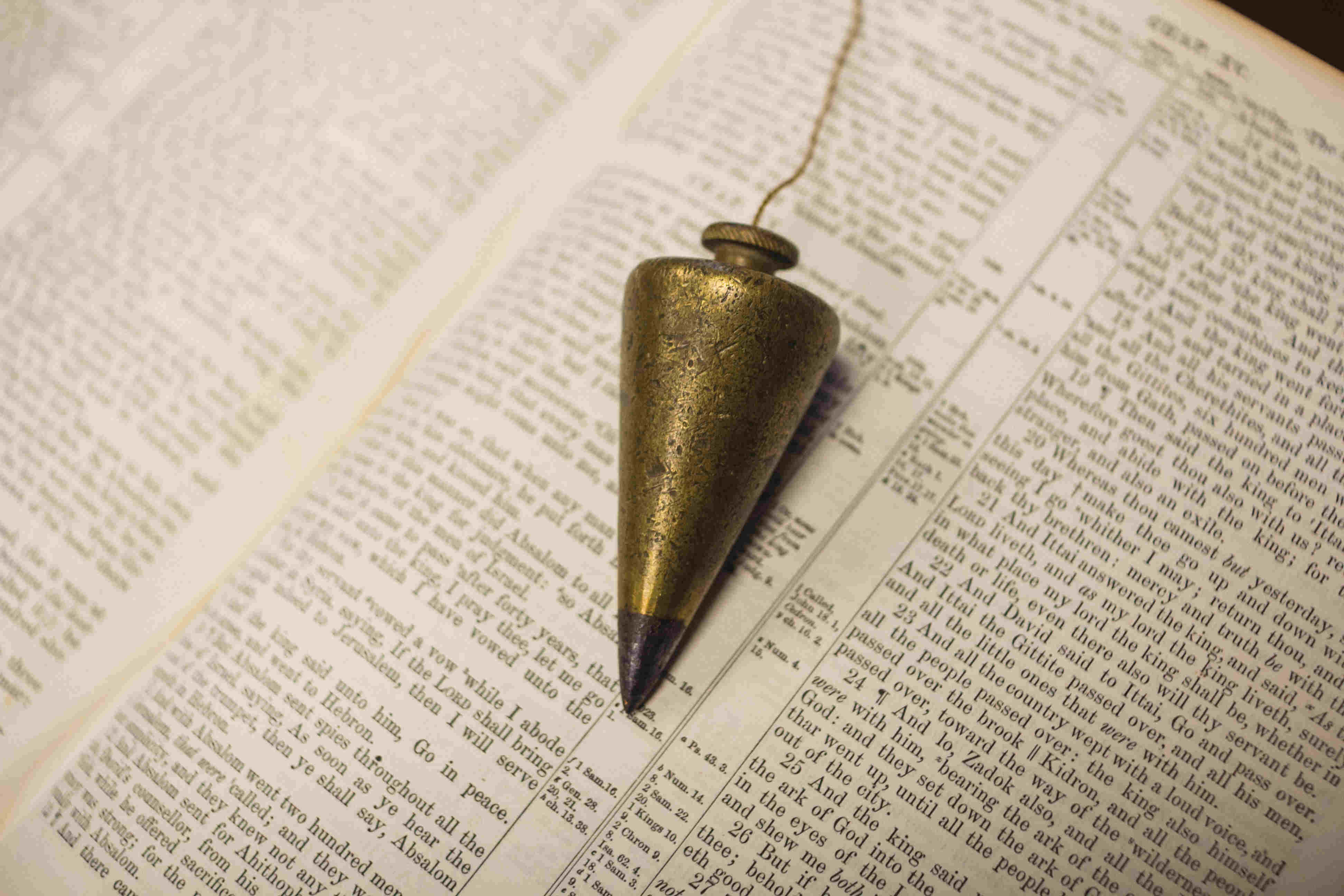
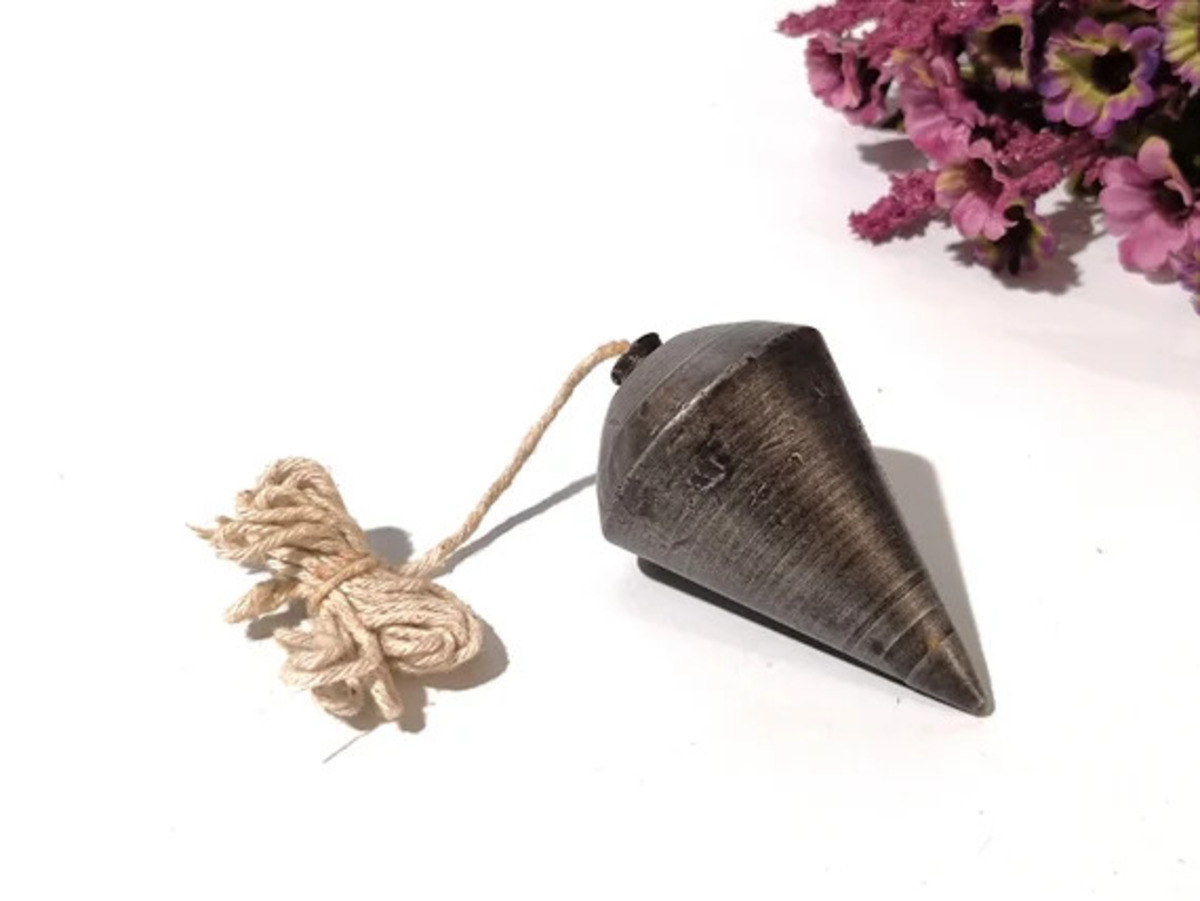
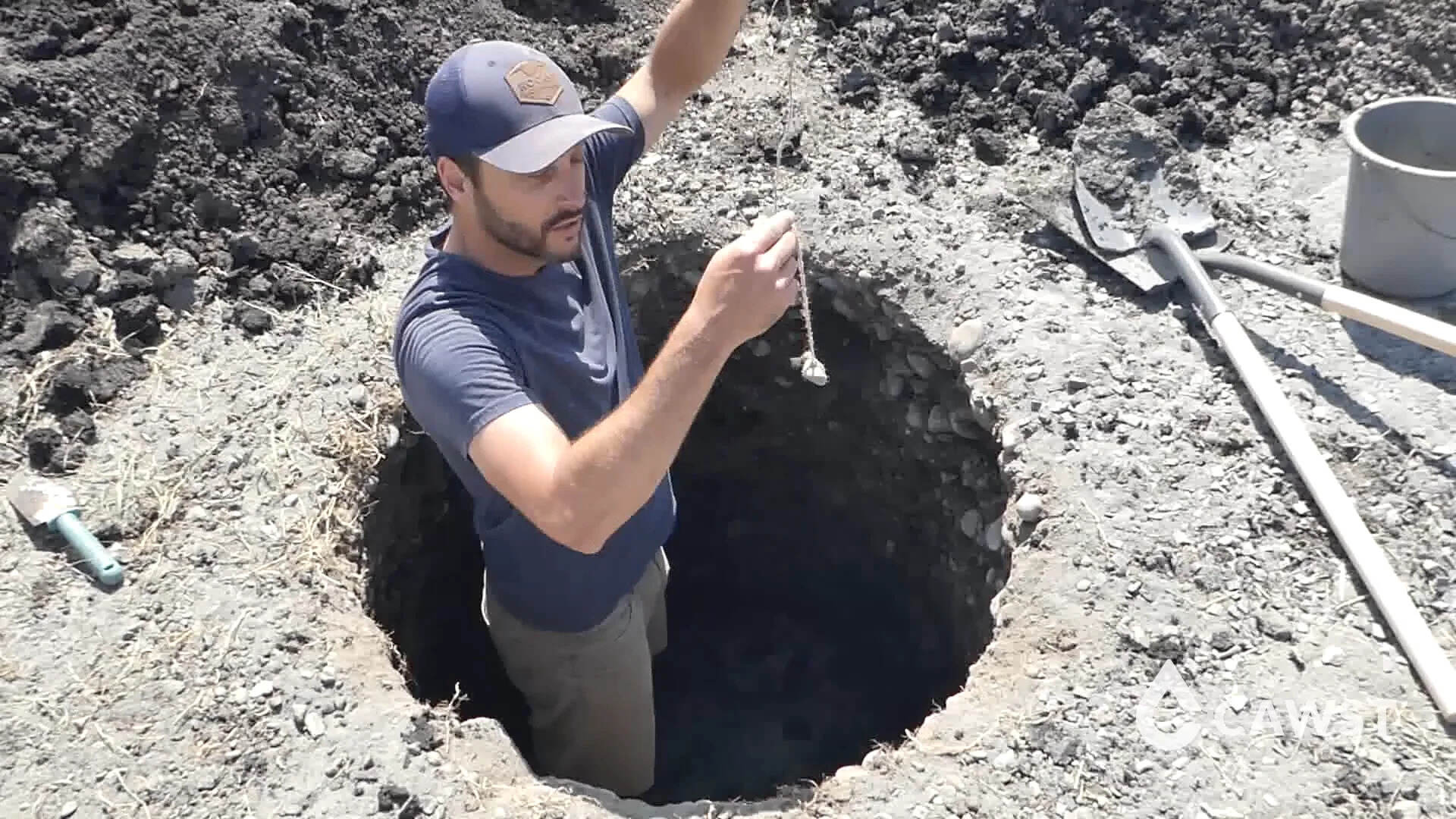
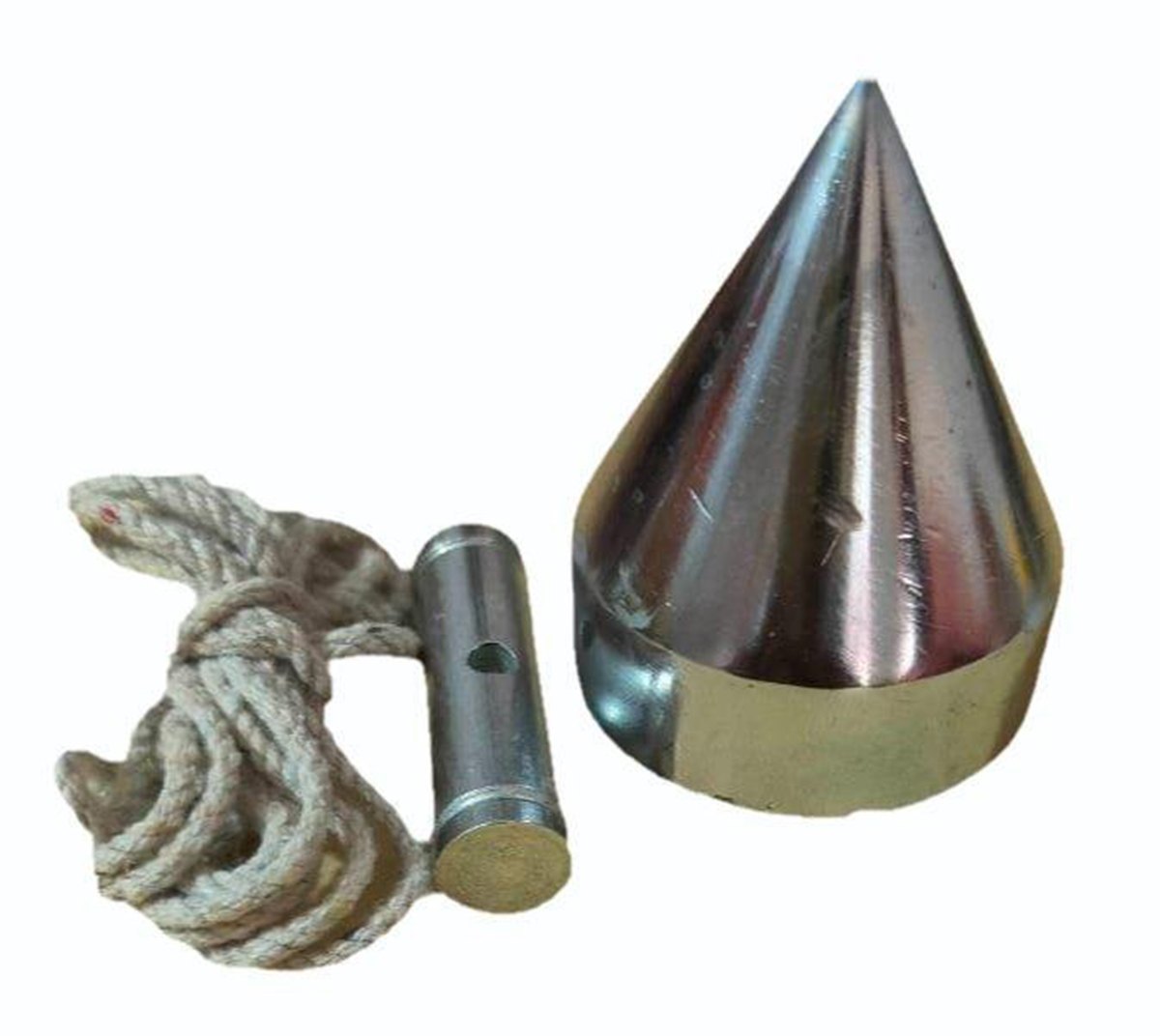

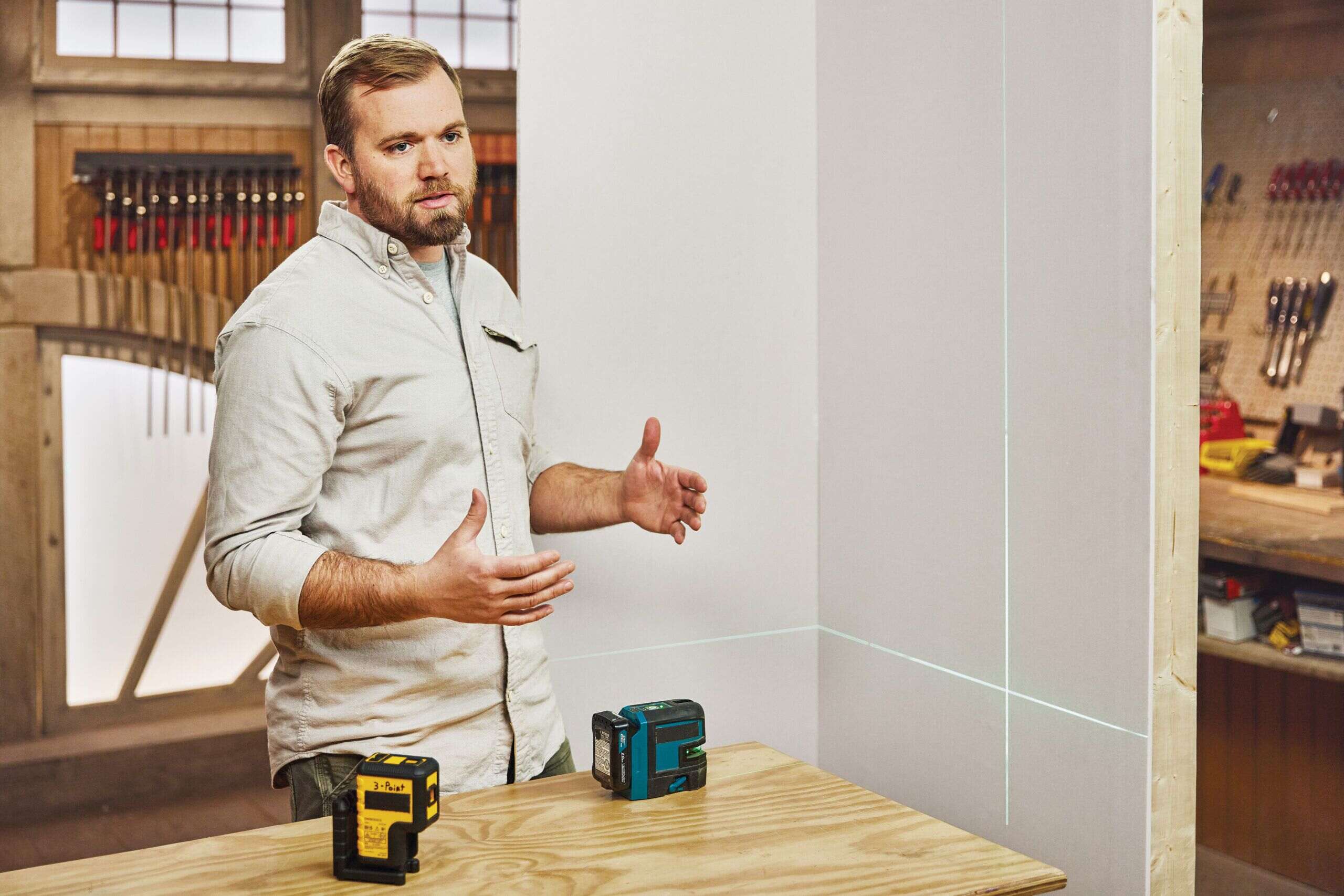

0 thoughts on “What Is A Plumb Bob”